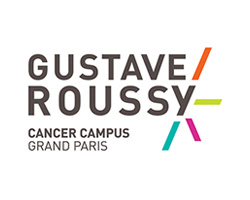Smurfness‐based two‐phase model of ageing helps deconvolve the ageing transcriptional signature
Résumé
Ageing is characterised at the molecular level by six transcriptional ‘hallmarks of ageing’, that are commonly described as progressively affected as time passes. By contrast, the ‘Smurf’ assay separates high‐and‐constant‐mortality risk individuals from healthy, zero‐mortality risk individuals, based on increased intestinal permeability. Performing whole body total RNA sequencing, we found that Smurfness distinguishes transcriptional changes associated with chronological age from those associated with biological age. We show that transcriptional heterogeneity increases with chronological age in non‐Smurf individuals preceding the other five hallmarks of ageing that are specifically associated with the Smurf state. Using this approach, we also devise targeted pro‐longevity genetic interventions delaying entry in the Smurf state. We anticipate that increased attention to the evolutionary conserved Smurf phenotype will bring about significant advances in our understanding of the mechanisms of ageing.
| Origine | Fichiers produits par l'(les) auteur(s) |
|---|





